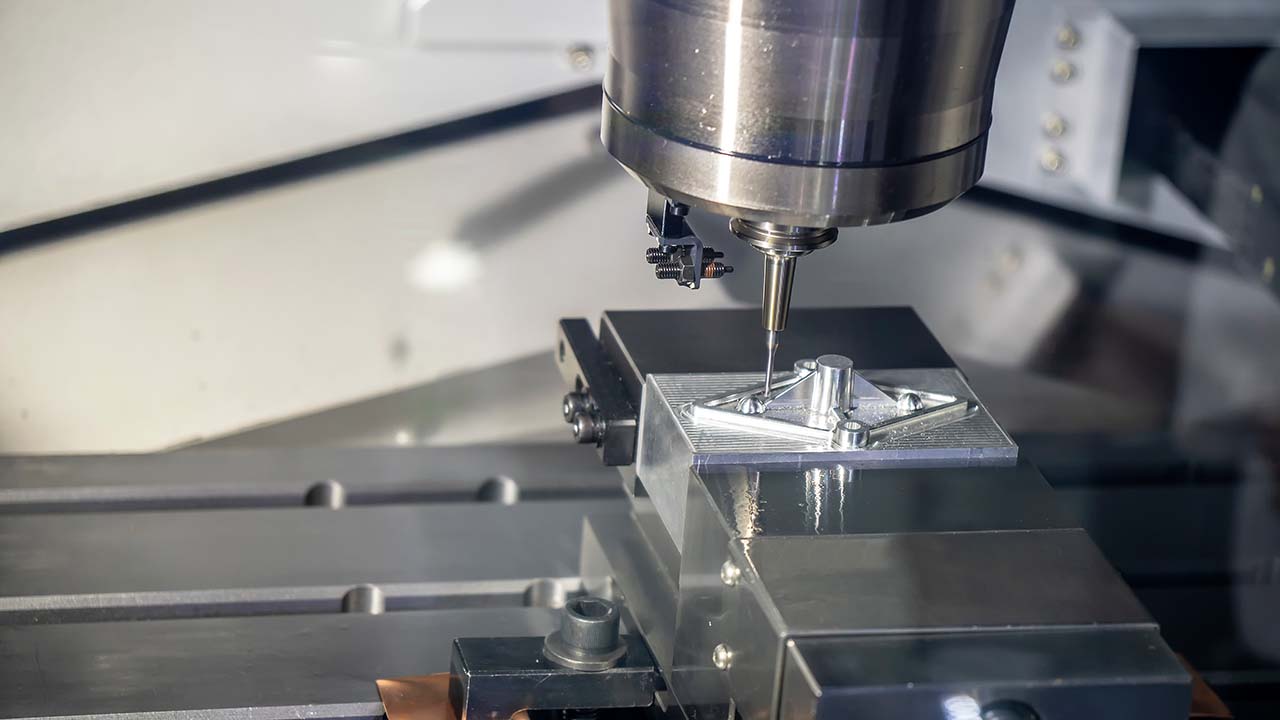In the evolving landscape of technology, the significance of IoT device prototyping is more obvious than ever. This era of interconnectedness underscores the importance of prototyping as the essential backbone in transforming concepts into tangible, market-ready solutions. Undoubtedly, the journey to innovation is mirrored in the realms of prototyping, making it an indispensable aspect for both seasoned professionals and newcomers in the electronics landscape.

The Genesis of IoT Device Prototyping
The inception of IoT device prototyping can be traced back to the growing necessity for more integrated and adaptable technology solutions. As the demand for seamless connectivity increases, so does the need for effective prototyping methods. These methodologies not only allow developers to transform ideas into practical applications efficiently but also enable them to anticipate and overcome potential challenges early in the design process.
Importance of Accurate Prototyping
Prototyping serves as a pivotal stepping stone in the product development cycle. It provides a tangible representation of concepts, which helps in identifying potential flaws and testing the functionality of a design. A well-executed prototype serves as a foundation for further development, ensuring that the final product aligns closely with the intended specifications and user requirements.
Prototyping in the Current Technological Era
The rate at which technology is evolving demands swift and efficient prototyping processes. Platforms like Gembah’s guide to prototyping for hardware startups (https://www.outdesign.co/single-post/a-guide-to-prototyping-for-hardware-startups) nofollow have emerged as vital resources for companies aiming to stay ahead of the curve. These platforms provide insights and tools for developing prototypes that are not only functional but also market-ready.
Steps in IoT Device Prototyping
To embark on the prototyping journey, one needs to follow a structured approach. This includes:
- Conceptualization: This initial step involves imagining the final product and understanding its core functionalities.
- Designing: Here, the core ideas are translated into designs using software that maps the intricate components of the device.
- Development: The transition from design to a physical model where developers create a working prototype.
- Testing: This critical phase involves assessing the functionality and efficiency of the prototype to ensure it meets set goals.
Current Challenges in IoT Prototyping
Despite its vast potential, IoT device prototyping is fraught with challenges such as technological limitations and resource constraints. Navigating these challenges requires a strategic approach and access to robust technological infrastructure.
Overcoming the Challenges
Innovative strategies and modern techniques play a significant role in overcoming prototyping hurdles. Resources such as this insightful article on future of PCB manufacturing (https://blinternationalcompany.com/blog/future-of-pcb-manufacturing/) dofollow offer invaluable information on cutting-edge technologies essential for overcoming these barriers.
Future Prospects of IoT Prototyping
Looking ahead, the future of IoT device prototyping is promising, with potential advances in AI and machine learning offering new dimensions of functionality and intelligence.
Paving the Way Forward
Companies that harness these technological advancements will not only lead in innovation but will also set new benchmarks for the industry. Additionally, insights from barrier coatings in electronics (https://blinternationalcompany.com/blog/barrier-coatings-in-electronics/) dofollow provide foresight into innovations that could shape the industry.

FAQs
What is IoT device prototyping?
IoT device prototyping is the process of creating functional models of IoT devices to test and develop their capabilities before final production.
Why is prototyping crucial in IoT development?
Prototyping is essential because it allows developers to test and refine their designs, ensuring that the final product functions as intended and meets user needs.
What are some common challenges in IoT prototyping?
Challenges often include technological limitations, resource constraints, and the need for efficient testing mechanisms to ensure viability.
For more insights, consider checking this electronic prototypes guide (https://gembah.com/blog/electronic-prototypes-guide/) nofollow which offers a comprehensive overview of prototyping strategies.


